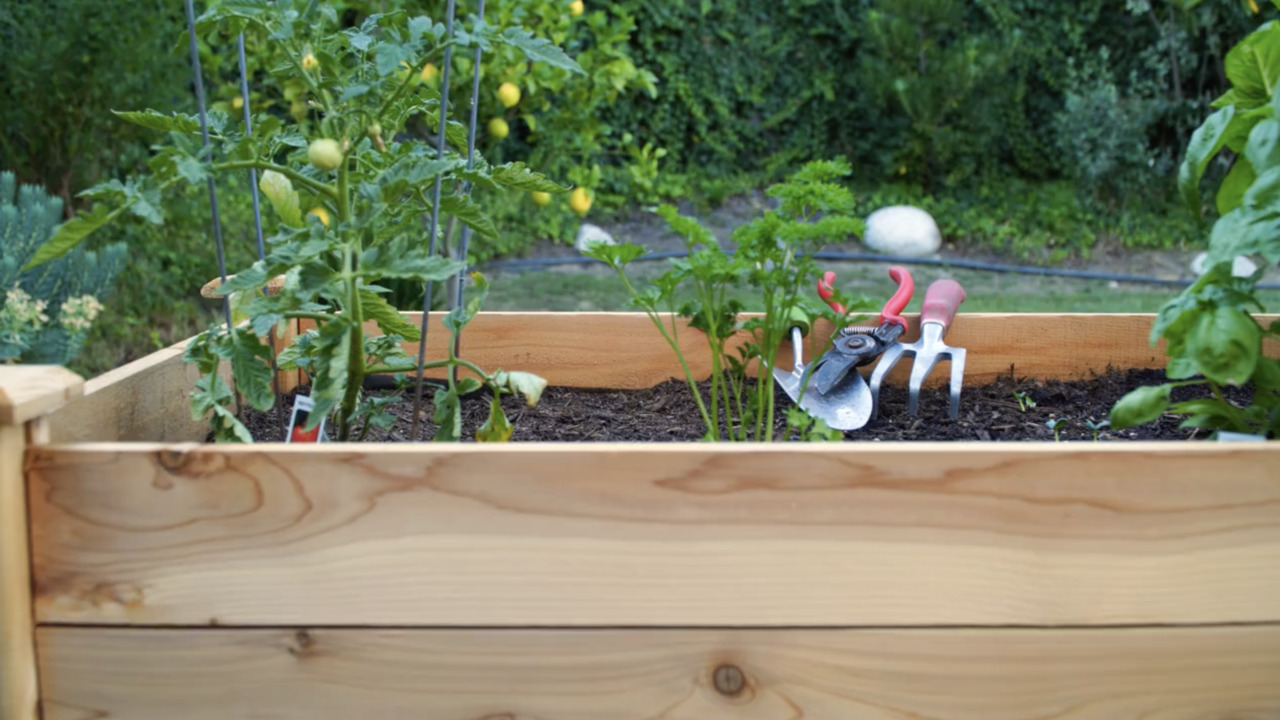

Articles
How To Protect A Garden From Animals
Modified: February 26, 2024
Learn effective techniques to protect your garden from animals with these expert gardening tips. Safeguard your plants and keep pests away with proven strategies.
(Many of the links in this article redirect to a specific reviewed product. Your purchase of these products through affiliate links helps to generate commission for Storables.com, at no extra cost. Learn more)
Introduction
Gardening is a delightful and rewarding experience, but it can often attract unwanted attention from animals. From pesky rodents to munching insects, these critters can wreak havoc on your carefully tended plants. To protect your garden and ensure bountiful harvests, it’s essential to have strategies in place to keep animals at bay.
In this article, we will discuss various methods and techniques to protect your garden from animal intruders. Whether you’re dealing with squirrels, rabbits, deer, or even slugs, understanding the threats and implementing preventive measures can help safeguard your plants and maintain a thriving garden.
Key Takeaways:
- Protect your garden by understanding common pests, identifying intruders, and using natural deterrents. Combine physical barriers, scare tactics, and companion planting for comprehensive protection.
- Maintain a healthy garden ecosystem through proper watering, regular weeding, and encouraging beneficial insects. Employ traps and removal as a last resort, handling with care and seeking professional guidance when necessary.
Read more: How To Sanitize Attic From Rats
Understanding the Threat: Common Garden Pests
Garden pests come in various shapes and sizes, each with their own appetite for particular plants. By familiarizing yourself with these common pests, you can better protect your garden against their specific threats.
1. Rodents: Rodents like mice, rats, and voles are notorious for nibbling on plant roots, stems, and fruits. They can quickly decimate a garden if left unchecked. Look out for chewed leaves and holes in the ground as signs of rodent activity.
2. Insects: From slugs and snails to aphids and caterpillars, insects can ravage your plants and hinder their growth. They may eat leaves, burrow into fruits, or transmit diseases. Regularly inspect your plants for signs of insect damage, such as holes, discolored leaves, or sticky residue.
3. Deer: If you live in an area with deer populations, they can pose a significant threat to your garden. Deer are notorious for grazing on tender plants, flowers, and even trees. Look for evidence of deer presence, such as tracks, droppings, or nibbled plants.
4. Rabbits: These small, cute creatures may be adorable, but they can wreak havoc on your garden. Rabbits love to munch on tender shoots and leafy vegetables. Keep an eye out for chewed stems and leaves at ground level.
5. Birds: While birds may not cause as much damage as other pests, they can still disrupt your garden by eating fruits and seeds or disturbing newly planted seeds. Notice bird droppings, missing fruits, or disturbed soil as signs of bird activity.
By understanding the specific threats posed by these common garden pests, you can effectively plan your defense strategies and take appropriate measures to protect your plants and maintain a flourishing garden.
Identifying Animal Intruders
Identifying the specific animals that are causing damage in your garden is crucial for implementing targeted solutions. Here are some tips to help you identify the culprits:
1. Observation: Spend time observing your garden during different times of the day to catch a glimpse of the animals in action. Look for tracks, droppings, and other signs left behind.
2. Damaged plants: Examine the plants that have been affected. Are the leaves chewed, stems gnawed, or fruits partially eaten? The type of damage can provide clues about the likely suspects.
3. Fence inspection: If you have a fence around your garden, check for any signs of digging, chewing, or holes that animals may have created to gain access.
4. Surveillance: Utilize motion-activated cameras or other forms of surveillance to capture images or videos of the animals. This can help in identifying them and their behavior patterns.
5. Consult experts: If you are unsure about the animal intruders or need assistance with identification, consult with local wildlife authorities, garden centers, or pest control professionals who can provide guidance.
Remember, identifying the animals responsible for the damage is the first step towards effective pest management. Once you have identified the culprits, you can take appropriate measures to deter them and protect your garden.
Natural Deterrents
When it comes to protecting your garden from animal intruders, natural deterrents can be an effective and eco-friendly solution. These methods use substances or techniques that animals find unpleasant or intimidating, encouraging them to stay away from your plants. Here are some natural deterrents you can try:
1. Repellent plants: Certain plants have natural repellent properties that help deter pests. For example, marigolds repel aphids, while lavender and rosemary can deter rabbits and deer. Consider incorporating these plants as a border or interplanted with your vulnerable crops.
2. Strong scents: Animals have a keen sense of smell, and certain strong scents can repel them. Garlic, onions, peppermint, and hot pepper sprays can discourage pests from approaching your plants. Spray these deterrents on and around the plants or hang scented sachets nearby.
3. Barriers: Physical barriers can prevent animals from accessing your garden. Use chicken wire or fencing to create enclosures around vulnerable areas. Make sure the barriers are tall enough and extend a few inches below the ground to prevent burrowing.
4. Predator decoys: Placing decoys or replicas of predators like owls, snakes, or coyotes can trick animals into thinking that a predator is nearby. This can make them wary of approaching your garden.
5. Sound and motion devices: Animals can be deterred by sudden noises or movements. Wind chimes, garden spinners, or motion-activated sprinklers can startle and discourage pests from entering your garden.
Remember to rotate or combine natural deterrents to prevent animals from becoming accustomed to them. While these methods can be effective, they may not provide complete protection. Consider using them in combination with other strategies for a comprehensive approach to garden pest management.
Physical Barriers
Physical barriers are a practical and reliable way to prevent animals from gaining access to your garden. By creating physical obstacles, you can protect your plants and preserve their health and productivity. Here are some effective physical barriers:
1. Fencing: Installing a sturdy fence around your garden is an excellent way to keep out larger animals like deer and rabbits. Choose a fence material that is appropriate for the specific pests you are dealing with. Make sure the fence is at least 6 feet tall to prevent deer from jumping over and has small gaps or is buried underground to deter burrowing animals.
2. Netting: Protective netting is a good option for keeping birds, squirrels, and other small animals away from your plants. Use fine mesh netting and secure it tightly over fruit-bearing trees and shrubs, or cover individual rows of vulnerable plants with netting.
3. Cages and cloches: Use wire or mesh cages to enclose individual plants or seedlings. This is especially useful for protecting young plants from rabbits, squirrels, and other ground-dwelling pests. Cloches, which are transparent covers placed over individual plants, can also keep pests at bay while allowing sunlight and air circulation.
4. Garden tunnels: Garden tunnels or hoops made of PVC pipes covered with plastic sheeting can act as a protective barrier over rows or beds of plants. These tunnels create a physical barrier while still allowing sunlight and rain to reach the plants.
5. Tree guards: Wrap the trunks of young trees with wire mesh or tree guards to prevent animals from chewing on the bark and causing damage.
Remember to regularly check your physical barriers and repair any potential breaches. Properly maintaining and reinforcing these barriers will ensure long-lasting protection for your garden.
Install a fence around the garden to keep out animals like deer, rabbits, and groundhogs. Make sure the fence is at least 4 feet high and buried a few inches underground to prevent digging.
Read more: How To Protect Rugs From Dogs
Repellents and Scare Tactics
Repellents and scare tactics can be effective tools in deterring animal intruders from your garden. These methods make the area less appealing or create a perception of danger, encouraging pests to stay away. Here are some repellents and scare tactics to consider:
1. Scent repellents: Animals have a strong sense of smell, and certain scents can repel them. Spraying a mixture of water and natural repellents like garlic, hot pepper, or vinegar around your plants can help deter pests.
2. Noise deterrents: Animals can be startled by loud or sudden noises. Hang wind chimes, aluminum cans, or tin foil strips near your garden to create noise that will scare pests away.
3. Motion-activated devices: Install motion-activated sprinklers, ultrasonic devices, or flashing lights to startle animals when they approach your garden. These devices simulate a threat, making pests think twice about entering the area.
4. Scarecrows: Scarecrows have long been used to scare away birds from gardens. Create a scarecrow using old clothes, a hat, and some creativity. Position it prominently in your garden to deter both birds and small animals.
5. Reflective surfaces: Animals can be frightened by reflective objects. Hang old CDs, aluminum foil strips, or reflective tape around your garden to create flashes of light that will scare away pests.
Remember that animals may become accustomed to certain scare tactics over time, so it’s essential to change or rotate them periodically. Additionally, repellents may need to be reapplied after rainfall or as recommended by the manufacturer. By combining repellents and scare tactics, you can create an unwelcome environment for pests and protect your garden with minimal harm to the animals.
Traps and Removal
In cases where other methods have proven ineffective, trapping and removal can be a viable solution to deal with persistent animal intruders. Traps can help capture the pests without causing them harm, allowing you to relocate them to a more suitable habitat. Here are a few options to consider:
1. Live traps: Live traps are designed to catch animals without harming them. Choose traps that are appropriate for the size of the pest you’re dealing with. Once the animal is trapped, work with local wildlife authorities or pest control professionals to safely relocate the animal to a suitable area away from your garden.
2. Squirrel baffles: If squirrels are causing havoc in your garden, consider installing squirrel baffles on tree trunks or bird feeders. These devices prevent squirrels from climbing up to access your plants or feeders.
3. Repellent sprays: Some animal repellent sprays are designed to deter pests by creating an unpleasant taste, smell, or sensation without causing harm. These can be sprayed on your plants to discourage animals from feeding on them.
4. Professional help: If you’re facing a severe infestation or ongoing issues with animal intruders, it may be wise to seek assistance from pest control professionals. They have the knowledge, experience, and equipment to effectively trap and remove pests from your garden while ensuring their safe relocation.
It’s important to check your traps regularly and release any captured animals as soon as possible. Handling and relocating animals should be done with care and in compliance with local regulations. Remember, trapping and removal should be seen as a last resort after exhausting other preventive measures.
Companion Planting
Companion planting is a gardening technique that involves planting certain crops together to achieve beneficial outcomes. It can also be utilized to deter pests and protect your garden from animal intruders. By strategically selecting companion plants, you can create a natural defense system that reduces the risk of pests damaging your crops. Here are some popular companion planting combinations:
1. Marigolds and vegetables: Marigolds emit a scent that repels various pests, including nematodes, aphids, and tomato hornworms. Interplant marigolds with your vegetable crops to provide natural protection.
2. Nasturtiums and cucumbers: Nasturtiums act as a trap crop for aphids, attracting them away from your cucumber plants. In addition, their strong scent can deter other pests.
3. Onions and carrots: Planting onions alongside carrots can help deter carrot fly, a common pest that damages carrot crops. The strong aroma of onions masks the scent of carrots, making them less appealing to these pests.
4. Basil and tomatoes: Basil not only enhances the flavor of tomatoes but also repels harmful insects like aphids, whiteflies, and tomato hornworms. Interplanting basil with tomatoes can help keep these pests at bay.
5. Lavender and roses: Lavender’s strong fragrance can deter pests like aphids and earwigs, which are known to damage roses. Plant lavender near your rose bushes for added protection.
Companion planting not only provides a natural defense against pests but also promotes biodiversity, attracts beneficial insects, and improves overall garden health. By harnessing the power of plant relationships, you can create a harmonious and pest-resistant garden.
Maintaining a Healthy Garden
To effectively protect your garden from animal intruders, it is essential to maintain a healthy garden ecosystem. A healthy garden is naturally more resistant to pests and can better withstand potential damage. Here are some practices to maintain a thriving garden:
1. Proper watering: Water your plants deeply and at the base to encourage strong root development. Avoid overwatering, as this can create moist conditions that attract pests.
2. Regular weeding: Keep your garden beds free from weeds, as they can provide hiding spots and habitat for pests. Regularly remove weeds to eliminate potential pest breeding grounds.
3. Monitor plant health: Regularly inspect your plants for signs of disease or distress. Early detection of any problems allows for prompt intervention, minimizing the risk of attracting pests.
4. Encourage beneficial insects: Many insects are natural predators of garden pests. Plant flowers and herbs that attract beneficial insects, such as ladybugs, lacewings, and parasitic wasps. These insects will help control pest populations in your garden.
5. Rotate crops: Practice crop rotation to prevent the buildup of pests and diseases. Rotating crops annually helps disrupt the life cycle of pests and reduces the risk of infestation.
6. Mulch: Apply organic mulch around your plants to help conserve moisture, suppress weeds, and regulate soil temperature. Mulch also provides shelter for beneficial organisms that can help control pests.
7. Sanitation: Remove plant debris, fallen fruits, and dead leaves from your garden. These can attract pests and create breeding grounds for diseases.
By implementing these practices, you can create a garden environment that promotes plant health, reduces pest attractants, and increases the overall resilience of your garden against animal intruders.
Read more: How To Protect Grass From Cars
Conclusion
Gardening is a beautiful and rewarding endeavor that can be marred by the presence of animal intruders. However, with careful planning and implementation of preventive measures, you can protect your garden and ensure its flourishing growth.
By understanding the common garden pests and identifying the specific animals causing damage, you can tailor your defense strategies to effectively deter them. Natural deterrents, such as repellent plants and strong scents, can create an unwelcome environment for pests, while physical barriers and companion planting provide additional layers of protection.
It’s important to remember that while these methods are effective, they should be used in combination with regular garden maintenance. Maintaining a healthy garden through proper watering, regular weeding, and monitoring plant health plays a crucial role in preventing pest infestations.
If all else fails, traps and removal techniques can be employed as a last resort to capture and relocate persistent animal intruders. However, it’s important to handle these situations with care and consult with professionals when necessary.
By implementing a combination of preventive measures, maintaining a healthy garden, and being proactive in deterring pests, you can create a garden sanctuary that is not only beautiful but also protected from animal intruders.
Frequently Asked Questions about How To Protect A Garden From Animals
Was this page helpful?
At Storables.com, we guarantee accurate and reliable information. Our content, validated by Expert Board Contributors, is crafted following stringent Editorial Policies. We're committed to providing you with well-researched, expert-backed insights for all your informational needs.
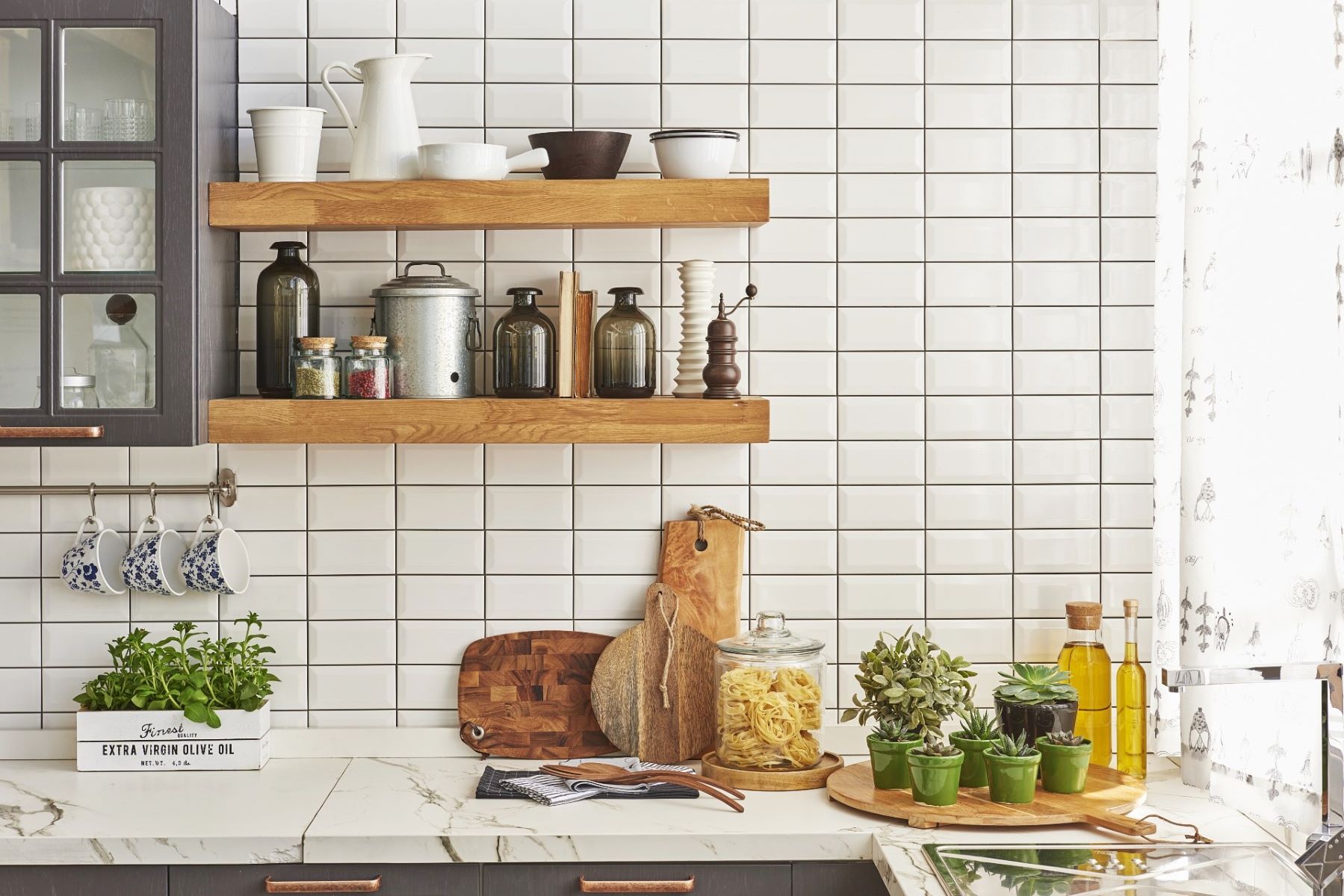
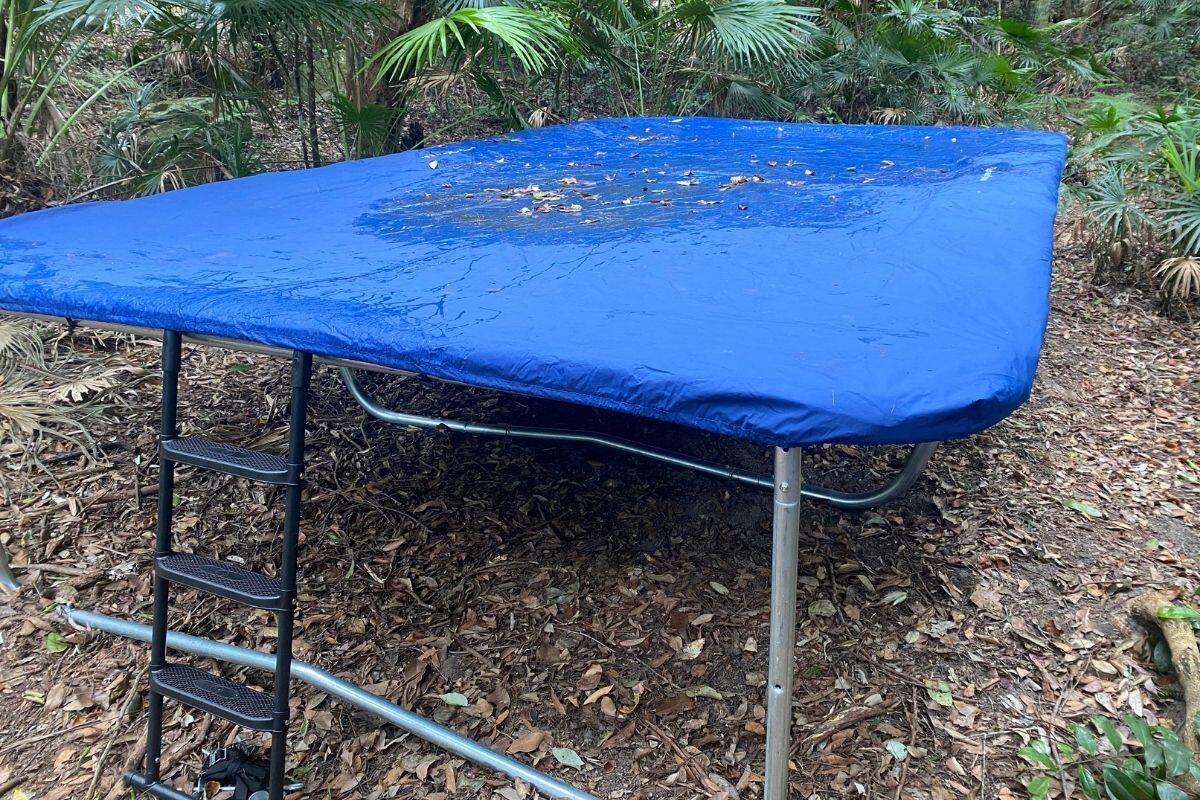


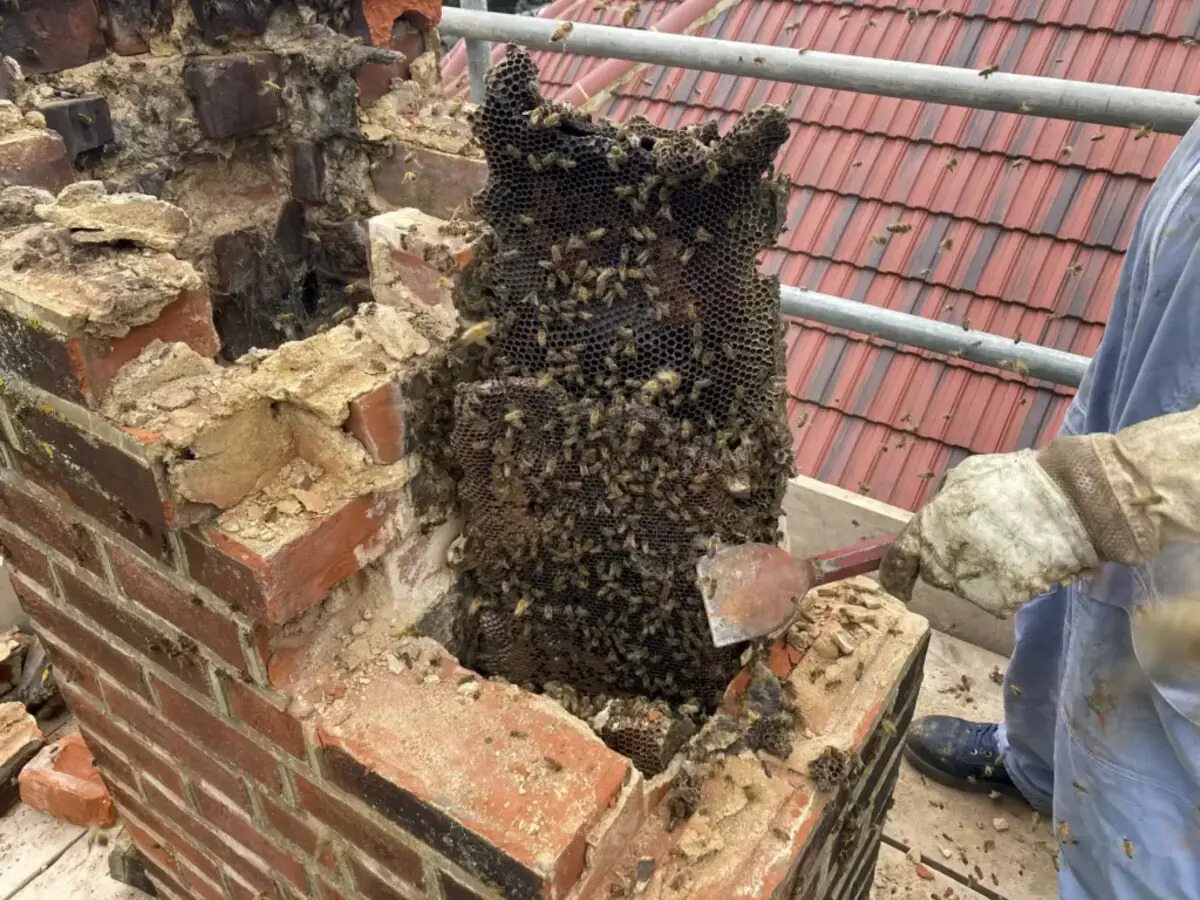
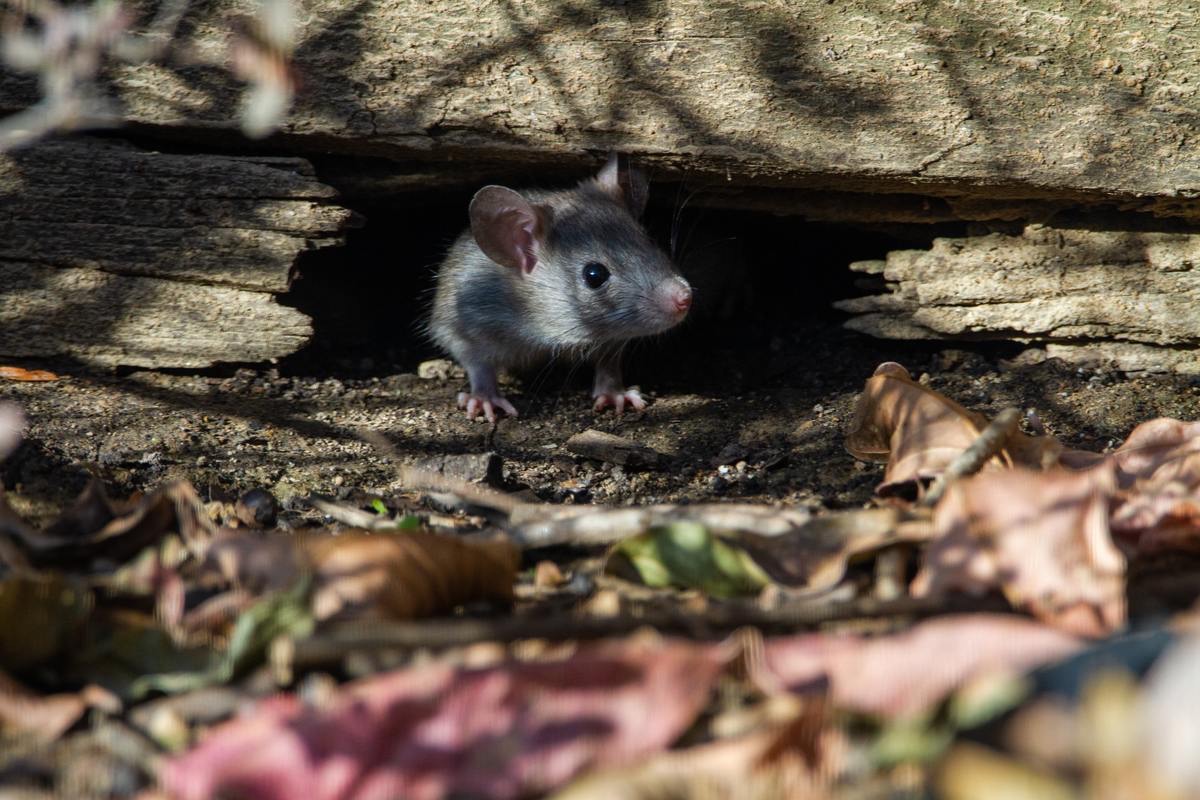

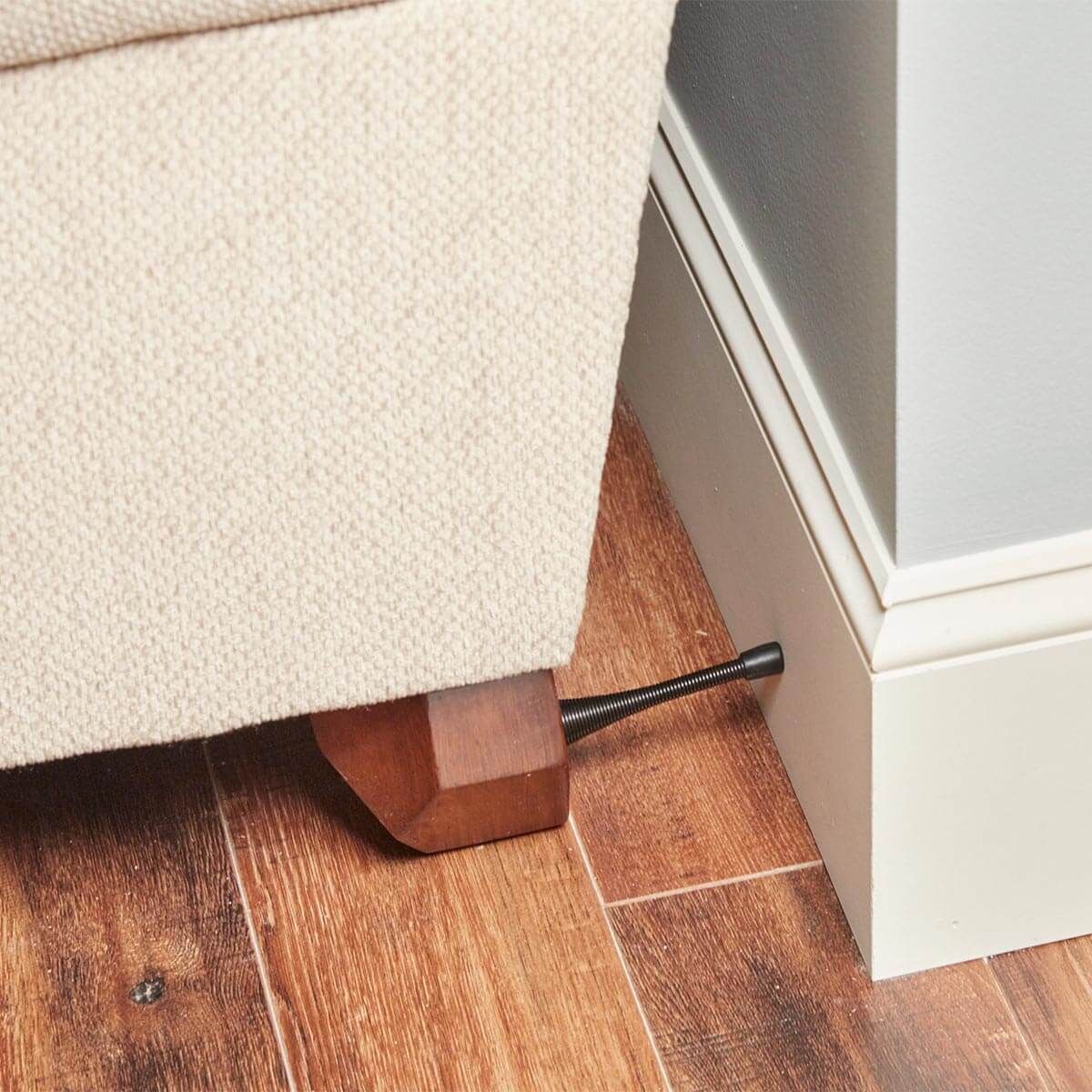
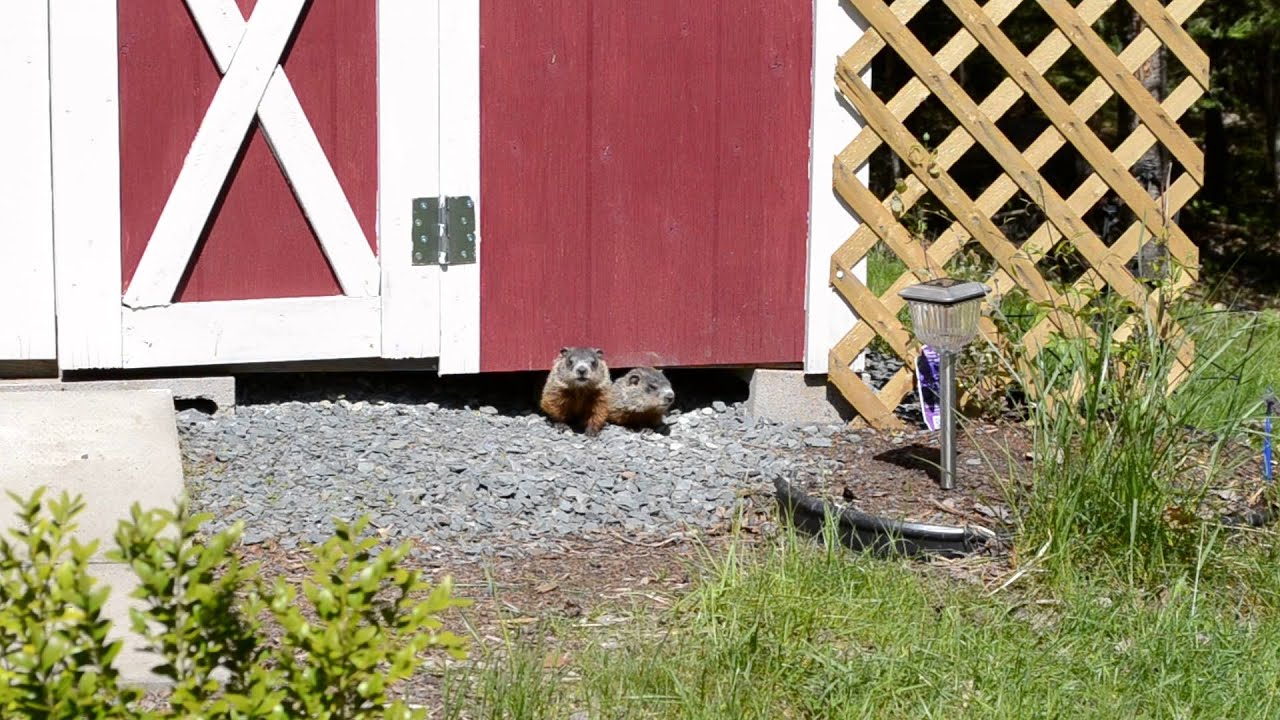
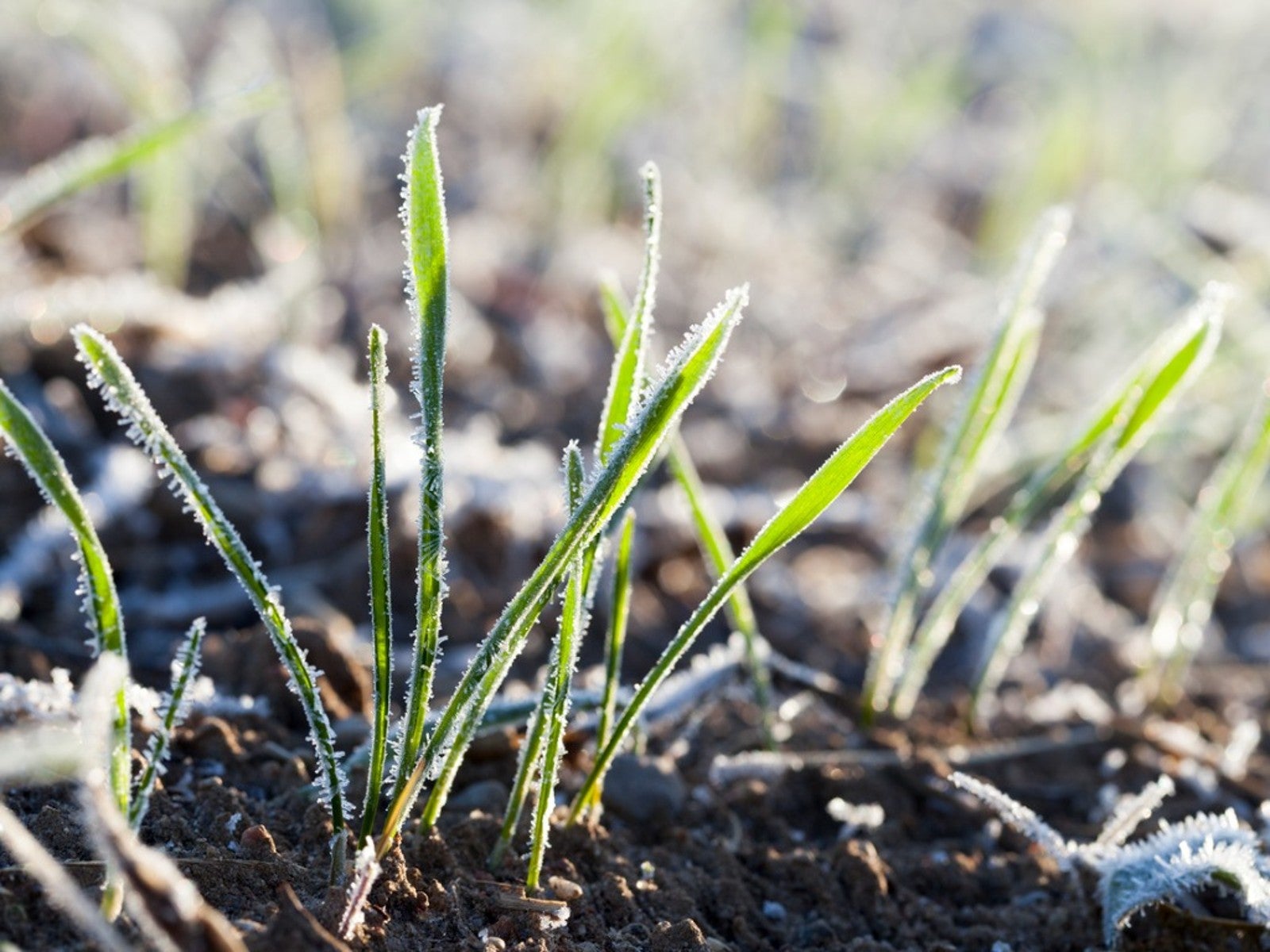

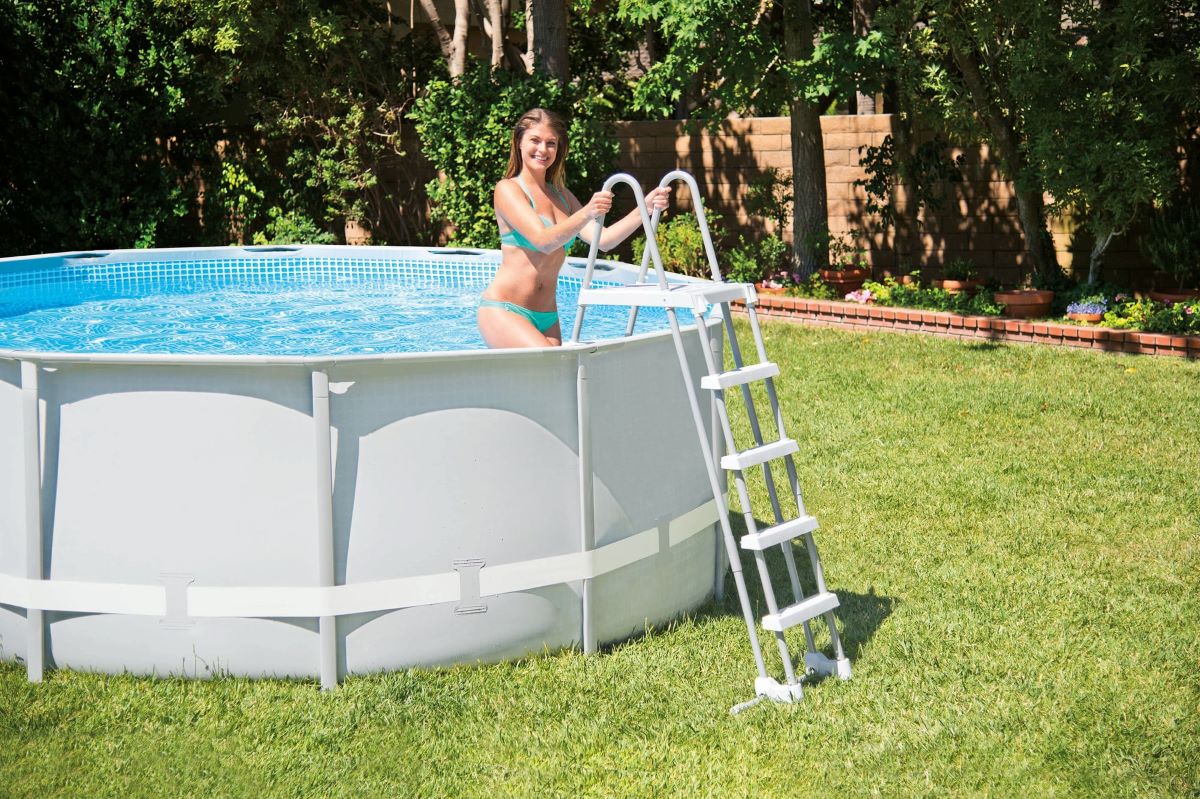


0 thoughts on “How To Protect A Garden From Animals”